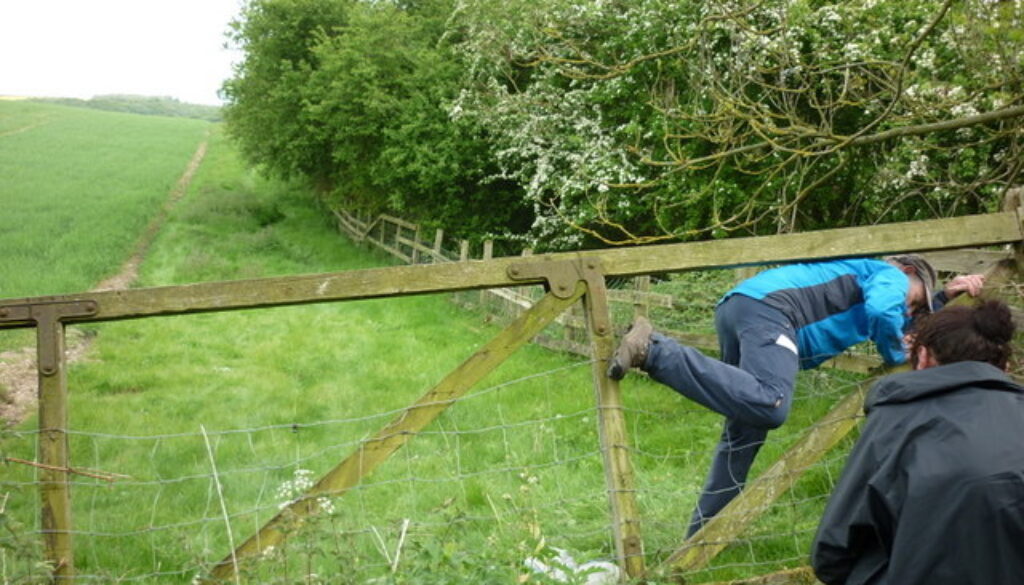Trespassers Beware?
It is a common misconception that a person trespassing on another person’s land has done so at his own peril. Historically Courts did indeed apply a general rule that no landowner was under any duty to potential trespassers, whether adults or children, to do anything to protect them from danger on his land, however likely and however lethal the danger. The only duty towards trespassers was not to injure them intentionally or recklessly.
The position changed following a case in 1972 when a child trespassed onto a railway line through a badly broken fence and, upon contacting the live rail, sustained serious injuries. The law took a different turn from that point and the Courts decided that landowners owed a ‘humanitarian duty’ to anybody on their land.
In 1984 the Government followed suit and the Occupiers’ Liability Act was passed, laying down a new set of rules in relation to duties owed to trespassers. A duty is owed by a landowner to prevent a trespasser suffering injury whenever there is such a risk due to the state of the premises and where each of the following are satisfied:
(a) the landowner is aware of the danger or has reasonable grounds to believe that it exists;
(b) the landowner knows or has reasonable grounds to believe that the trespasser is in, or may come into, the vicinity of the danger; and
(c) the risk is one against which he may reasonably be expected to offer the trespasser some protection.
The most common defence if a trespasser is injured, is for the landowner to prove that he discharged his duty by taking reasonable steps to give warning of the danger concerned or to discourage persons from incurring the risk.
We advise landowners to conduct regular inspections of their land, looking for any potential hazards. A greater duty of care is owed to child trespassers, so consider whether they might enter and be exposed to danger. Any hazards should be highlighted by appropriate signage and/or fencing. Signs reading “Trespassers Beware” can be insufficient for lack of detail; they should explain what the danger is. Once the landowner has taken those steps, it is up to any trespassers to adhere to the warnings. There can be no liability if you are able to establish that a trespasser willingly accepted known risks.
This article is not intended to be comprehensive or to provide specific legal advice. It should not be relied upon in the absence of specific advice given in relation to particular circumstances. © Bowcock Cuerden LLP 2017



